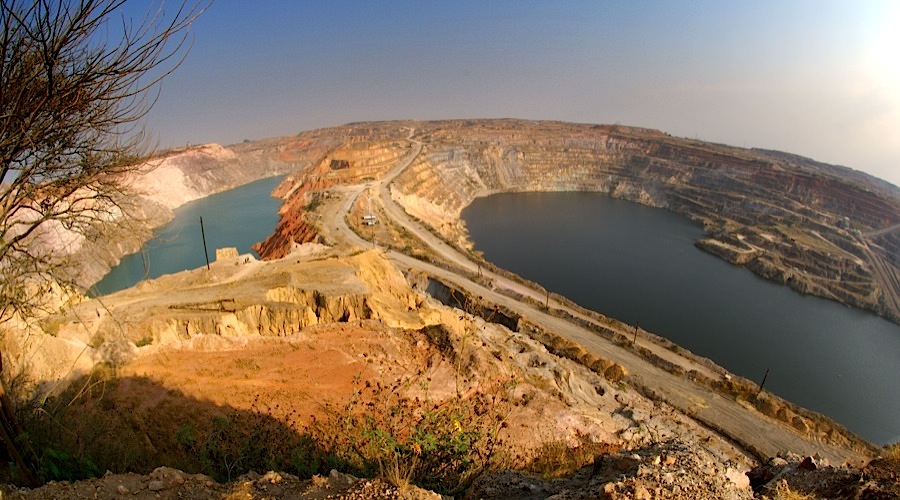Congo gives up plans to change mining code

The Democratic Republic of Congo has decided not to change its mining code as the move could have driven away investors at a time of historically low commodity prices and energy shortages that are driving down output in the country.
Copper production in DRC, Africa’s biggest producer of the red metal, fell by 3% to 995,805 metric tons in 2015, the first drop in six years, the Chamber of Mines said Wednesday, BDlive reports.
The sharpest drop was in the fourth quarter last year, when production sank 12% from the previous year. This was, in part, due to the suspension of some production at Glencore’s Katanga Mining unit, the industry body said.
Move aims to protect investment as lower prices and energy shortages have driven down output in Africa’s biggest copper producer.
On a continent where mining is key to many national economies, it is not only this sector the one facing more challenges this year
“We are asking mining companies to reinvest during this difficult period,” South Africa’s Minister of Mineral Resources Mosebenzi Zwane told AFP on the sidelines of Mining Indaba 2016 in Cape Town, which has drawn some 6,000 delegates.
He asked companies to work with governments to minimize the impact of job losses, which could run into the tens of thousands in South Africa alone.
The DRC’s significant but under-developed reserves of gold, copper, cassiterite and uranium require large amounts of capital, but the flow has been drying up as a result of electricity shortages, falling prices and uncertainty in the investment climate. According to the Chamber of Mines the new code would have made such dire situation even worse.
“The assurance given at the Indaba by Mines Minister Martin Kabwelulu that the current code will be retained has brought clarity and stability to the situation,” said the industry body’s spokesman Simon Tuma-Waku in an e-mailed statement. “With the uncertainty out of the way, the DRC can now return to being a competitive mining investment destination, to the benefit of the government as well as the industry.”
{{ commodity.name }}
{{ post.title }}
{{ post.date }}




Comments